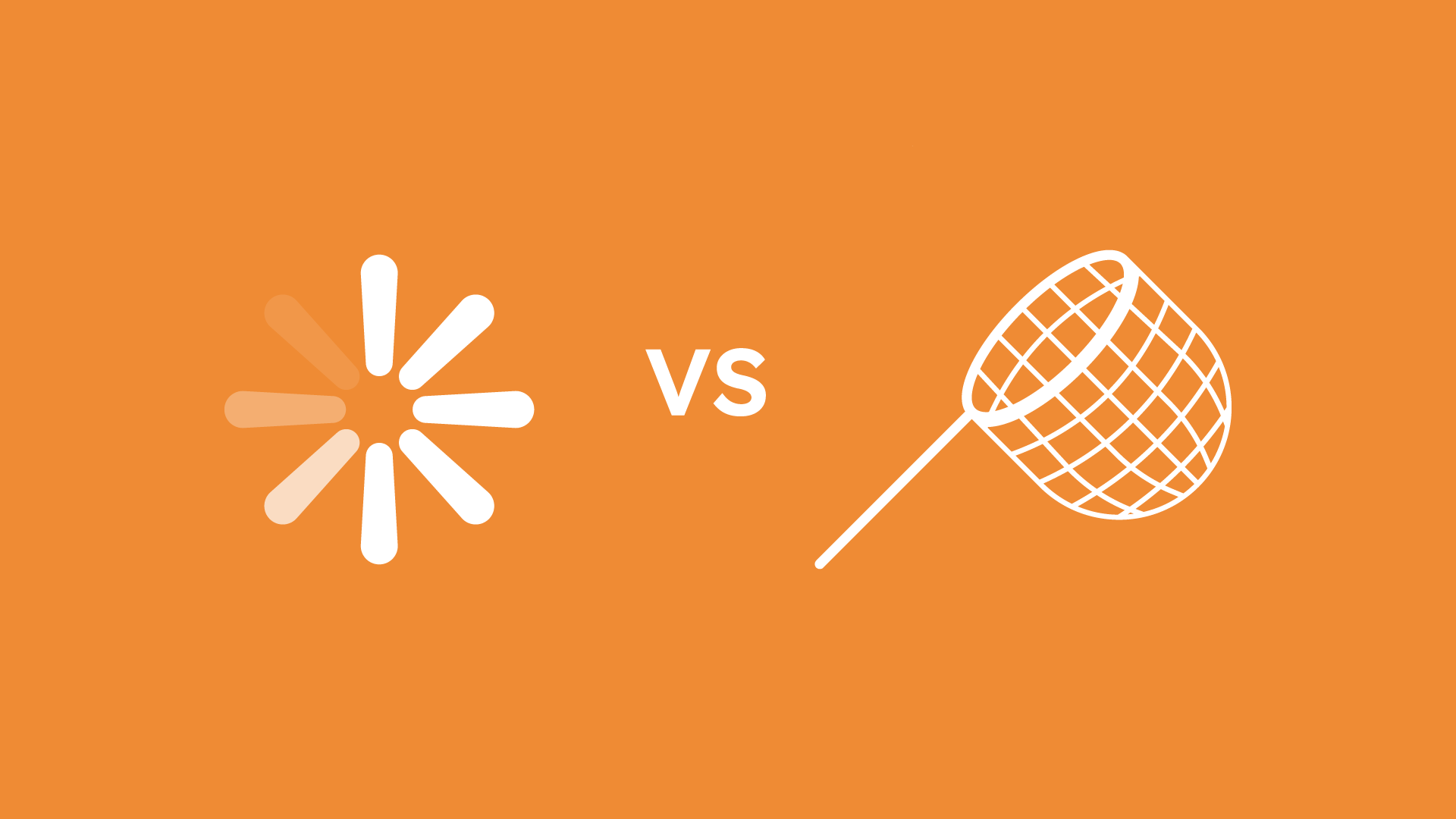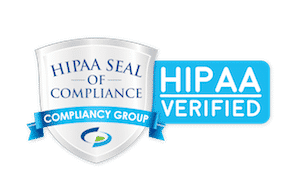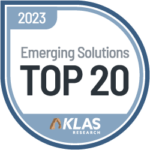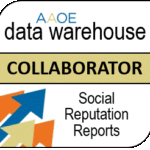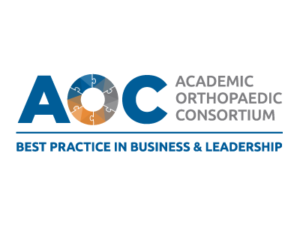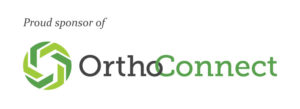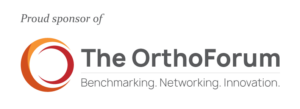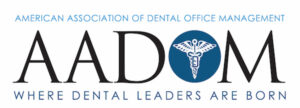Do you know at which stage of the patient journey people are discovering your practice? Understanding this can significantly impact how you attract and retain patients. Are you effectively using both demand generation and capture strategies to their full potential? While capturing existing demand is crucial, relying solely on it might limit your growth.
Demand capture focuses on acquiring existing demand, whereas demand generation, as the name itself suggests, focuses on generating new interest and demand for particular services, ultimately increasing your patient acquisition.
Most providers focus their marketing budgets and efforts on demand capture, but demand generation is equally important as it helps you meet your potential patients at the very beginning of their patient journey. Today, we’ll focus on marketing channels for generating and capturing demand in healthcare and how to effectively apply them to both approaches.
Demand Generation Channels in Healthcare
Demand generation in healthcare is an approach focused on proactively creating interest and need for healthcare services. As such, it’s a crucial aspect of healthcare marketing for various reasons.
Why Is Demand Generation in Healthcare Important
Demand generation shines a light on health problems in their early stages, leading to improved health outcomes by encouraging early intervention and prevention. Additionally, it encourages patients to address aspects of their health that might be deemed non-crucial or non-critical, fostering a proactive approach to overall well-being.
By engaging patients early in their healthcare journey, demand generation helps build trust and rapport, establishing your practice as a reliable and caring partner in their health.
Finally, demand generation allows you to create a steady stream of potential patients who might not yet be actively searching for care but will remember your practice when they need it. This proactive engagement can significantly improve patient acquisition and retention, ultimately supporting the growth and sustainability of your healthcare business.
Now that we’ve covered that, let’s explore which marketing channels for demand generation in healthcare prove to be most effective and why.
Trackable Postcard Campaigns
When it comes to healthcare postcards, we have one thing to tell you: either support them with modern marketing technology or don’t bother.
Sending out personalized postcards to potential patients predicted to be experiencing specific health issues, like knee pain, can generate interest in your services before they even start looking for solutions. This approach leverages predictive targeting in healthcare to identify potential patients based on HIPAA-compliant data analytics.
To track the success of your campaign, add call-tracking and QR codes to your postcards: this way, you’ll be able to know how many patients took action after receiving a personalized postcard and track their patient journey all the way through.
Social Media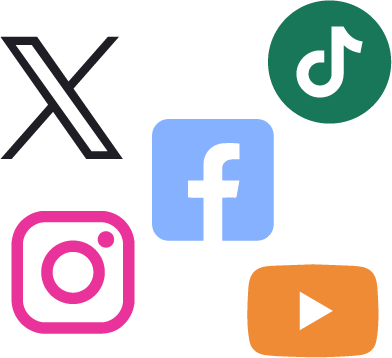
Social media are simple, yet versatile marketing channels that can effectively contribute to each marketing approach at every stage of the patient journey. To leverage social media platforms as demand generation channels, explore both organic and paid options.
Sharing educational content on your social media helps build awareness of certain health issues and generate interest in your services.
While social media advertising in healthcare can be quite limiting due to HIPAA regulations and privacy laws, predictive targeting in healthcare helps you break this barrier and run targeted ad campaigns that reach individuals likely in need of your services.
Engaging social media content can draw attention to health issues your potential patients may not have considered before, generating new demand for care.
Content Marketing
No matter the weather, content marketing remains one of the most effective marketing approaches across all industries, and it’s no different in healthcare.
Regularly publishing informative and engaging content about common health issues and treatment options educates potential patients, increases your visibility on search engines, and positions your practice as a trusted leader.
Offering downloadable resources that address specific health concerns practically (such as providing a simple monthly walking plan to get in shape, a diabetes-friendly meal plan or recipe booklet, etc.) can help you build engagement, capture leads, and nurture them from discovery to conversion.
Community Outreach
Events and partnerships may be old school, but they stick around for a reason. The concept of demand generation is tightly connected to raising awareness, and community outreach is one of the best ways to direct your community’s attention towards neglected health issues.
You can achieve this by hosting or participating in health fairs and workshops, as well as partnering with local organizations to sponsor events or programs, improving your practice’s visibility, credibility, and reputation.
Demand Capture Channels in Healthcare
Demand capture is a marketing approach focused on reaching patients who are already searching for healthcare services.
Demand capture strategies ensure that your healthcare practice is visible and accessible when your patients need it most. Capturing existing demand can optimize your practice’s resources and revenue. This strategy is typically more cost-effective, providing a higher return on investment compared to broader marketing efforts.
Additionally, demand capture helps you stay competitive in a crowded market by ensuring your practice appears in local search results, online directories, and review sites where patients are actively looking for services.
By effectively capturing demand, you can build a strong patient base, enhance your reputation, and ensure sustained growth for your practice. Here’s which marketing channels to prioritize for demand capture in healthcare.
 Online Directories and Review Sites
Online Directories and Review Sites
Online review platforms are the first stop of modern patients seeking healthcare and, as such, they’re perfect for capturing demand in our industry. Ensure your practice is listed on popular review websites and online directories.
Though it may seem a bit counterintuitive, prioritize Google Business Profile and Apple Business Connect as they are the business directories of the prevalently used search engines, and then focus on healthcare specific platforms such as Healthgrades. To cover all the bases, consider Yelp too.
Encourage your happy patients to leave reviews on your platform of choice to build high ratings and good online reputation. Maintain up-to-date profiles of both your clinics and your specialists to make it easy for patients to find you and get in touch.
Search Engine Optimization (SEO)
SEO is a powerhouse when it comes to capturing demand in healthcare. By optimizing your website and Google Business Profile (GBP) to appear in local search results, you make it easier for patients in your area to find you when they seek healthcare services.
As we already discussed, ensuring your practice is accurately listed in online directories and has positive reviews boosts your credibility and local visibility.
Using relevant keywords and phrases to optimize your website content helps you rank both locally and nationally for the specific terms patients are searching for. To capture demand, focus on a content strategy that pushes service-related keywords.
Paid Search Advertising
By running targeted ads on search engines like Google, you can ensure your practice appears at the top of search results when potential patients are actively looking for healthcare services.
This visibility drives immediate traffic to your website and helps generate more leads. With paid search, you can target specific keywords and phrases that your potential patients are using, making your ads highly relevant and effective. Regularly monitor performance to control your budget and adjust your campaigns based on data.
Coupling paid search with well-optimized Google Business Profiles can ensure a wider coverage on Google’s top page. This targeted approach means that when someone is searching for a doctor or a specific medical service, your practice is front and center, ready to capture their interest and convert them into loyal patients.
Integrating Demand Generation and Demand Capture in Healthcare for Optimal Results
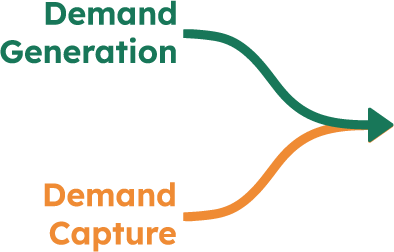 While capturing existing demand is often more cost-effective and justifiably prioritized, generating demand in healthcare helps you create new opportunities and reduce competition. By integrating both strategies, healthcare businesses can maximize their reach and, most importantly, significantly increase patient acquisition.
While capturing existing demand is often more cost-effective and justifiably prioritized, generating demand in healthcare helps you create new opportunities and reduce competition. By integrating both strategies, healthcare businesses can maximize their reach and, most importantly, significantly increase patient acquisition.
The best way to benefit from both without risk of missing out on high-value patients is to start with demand capture and then expand to demand generation.
Focus on optimizing your online presence, running targeted ads, and leveraging online review platforms to capture patients actively searching for healthcare. Once you have a solid foundation, invest in generating demand through postcard marketing, content marketing, and community outreach to engage potential patients before they begin their active search.
Incorporating both demand generation and demand capture strategies allows healthcare practices to create a sea of opportunities. By proactively reaching out to potential patients and optimizing for those already seeking care, you can ensure a steady flow of new patients and stay ahead in the competitive healthcare market.
Integrated demand generation and capture strategies are here to build a comprehensive healthcare marketing approach that drives growth and enhances patient care.

